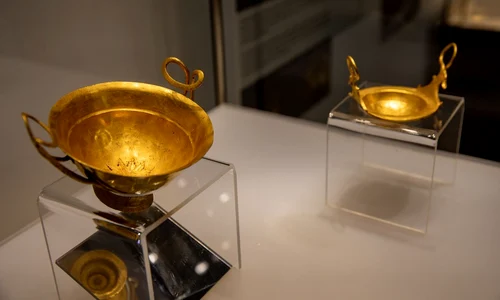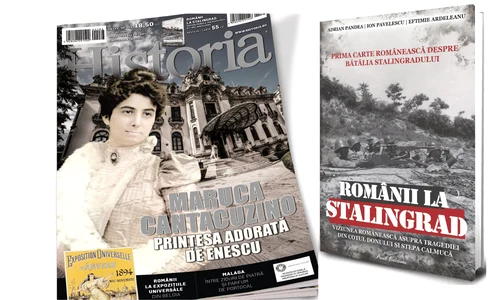
A Cup of History
It is said that almost 3000 years ago, the Chinese Emperor Shennong was quietly drinking his cup of hot water when suddenly a few leaves of a nearby tree fell in it. The leaves coloured the water and the emperor decided to take a sip from the unknown liquor – it proved to be tasty.
There are numerous legends about this miraculous drink which is beneficial either in the winter or summer. Regardless if there is some truth to them or not, what we do know is that the tea (chá in Chinese) had a very important role in the Asian culture and economics – since tea packages were used as a currency.
Presumably, tea was made initially out of medicinal plants. The well-known Ancient Chinese philosopher Lao-Tzu (604 – 531 BC) thought that the tea was “essence of liquid jade” and a real indispensable life elixir. Wang Bao wrote in 59 BC a book (the first known book to be preserved) with instructions on how to buy and prepare tea and in 220 AD, the famous doctor Hua Tuo wrote in his Chinese medicine treaties about the tea properties which can improve mental functions.
Tea as infusion – the one we know today – appeared approximately amidst of 13thcentury. If, initially, a powder from steamed plants was mixed with boiled water, since 13thcentury, tea leaves were dried and minced, very similar to what we use today.
The Portuguese Bring Tea to Europe
The custom of drinking tea passed from China to Japan where it was destined only for the Royal Family. However, Emperor Saga encouraged his subjects to cultivate the Chinese tea seeds. Thanks to the Chinese connection, the Buddhist monks introduced the tea ceremony in Japan in the 15thcentury where it became a quasi-religious social custom. This ceremony and the custom of consuming tea would play a very important role in the Medieval Japanese diplomacy.
The Portuguese brought the tea to Europe in the 17thcentury. However, in 1618, the Chinese first offered tea to the Russian Tsar Michael I. Tea was brought from hundreds of miles away, from China to Russia with the aid of camels.
British tea imports had begun in 1650, ten years before Charles II married the Portuguese princess Catherine of Braganza. Yet, she was the one who introduced the custom of tea drinking at the English Royal Court. Moreover, since she could not resist refraining from eating something between lunch and dinner, Catherine of Braganza came up with tea biscuits. Since then, the British dedicated a special hour of the day – five o’clock – for tea when the masters would keep their houses open for guests.
Tea would become an important symbol of the United Kingdom and part of its global economic domination until the end of the 18thcentury. The tea commerce through the British East India Company (one of the most powerful companies ever created) even caused wars – the best known example being the 1773 “Boston Tea Party”. The so-called Tea Party ignited the American revolutionary spark. Even today, tea is a British symbol and it also represents the old English colonists. Global statistics demonstrate that 90% of the tea consumers prefer black tea mixed usually with sugar or milk.















